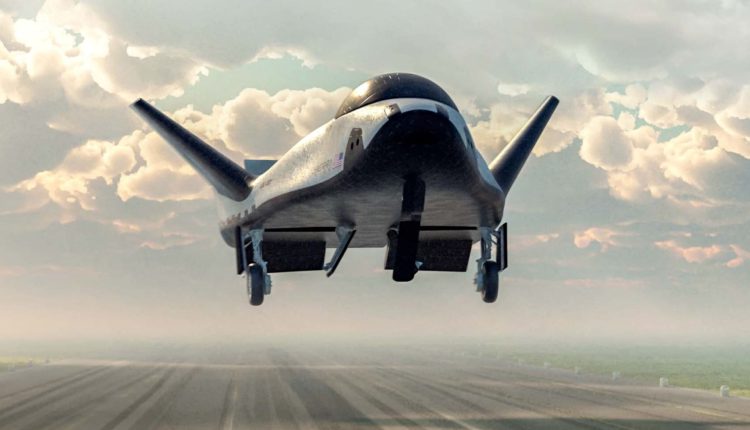Artist’s rendering of Sierra Space’s Dream Chaser spaceplane in this undated handout obtained March 25, 2022.
Sierra Space | via Reuters
Sierra Space, the subsidiary of private aerospace contractor Sierra Nevada Corporation, is finalizing a raise of nearly $300 million, CNBC has learned.
The round values the space company at about $5 billion, according to two people familiar with the transaction, who asked to remain anonymous to discuss internal matters. Sierra Space expects to announce the raise as soon as this week, those people said.
Sierra Space’s equity round is being led by Japanese investors MUFG, Kanematsu and Tokio Marine, those people said, with significant participation from prior investors and insiders. Citigroup is advising on the deal.
Two years ago, Sierra Space raised $1.4 billion at a $4.5 billion valuation from investors including General Atlantic, BlackRock, AE Industrial Partners, Coatue and Moore Strategic Ventures.
Sierra Space did not respond to CNBC’s request for comment on the fundraise.
Sign up here to receive weekly editions of CNBC’s Investing in Space newsletter.
The fresh funds come as Sierra Space focuses on getting its Dream Chaser spaceplane flying.
Dream Chaser has been in development for years with a goal to deliver cargo and eventually crew to low Earth orbit as a reusable vehicle. It resembles a miniaturized NASA Space Shuttle in appearance and is built to launch atop a traditional rocket and land on a runway like an airplane.
The first Dream Chaser launch was previously scheduled for late last year, but delays in the development of United Launch Alliance’s Vulcan rocket pushed back that timeline. Dream Chaser is planned to launch on ULA’s second Vulcan mission, with the first Vulcan launch targeting the fourth quarter of this year.
Sierra Space is also one of several companies working on a private space station. It plans to launch a “pathfinder” demonstration mission of its LIFE (Large Integrated Flexible Environment) habitat in 2026.
Read the full article here

